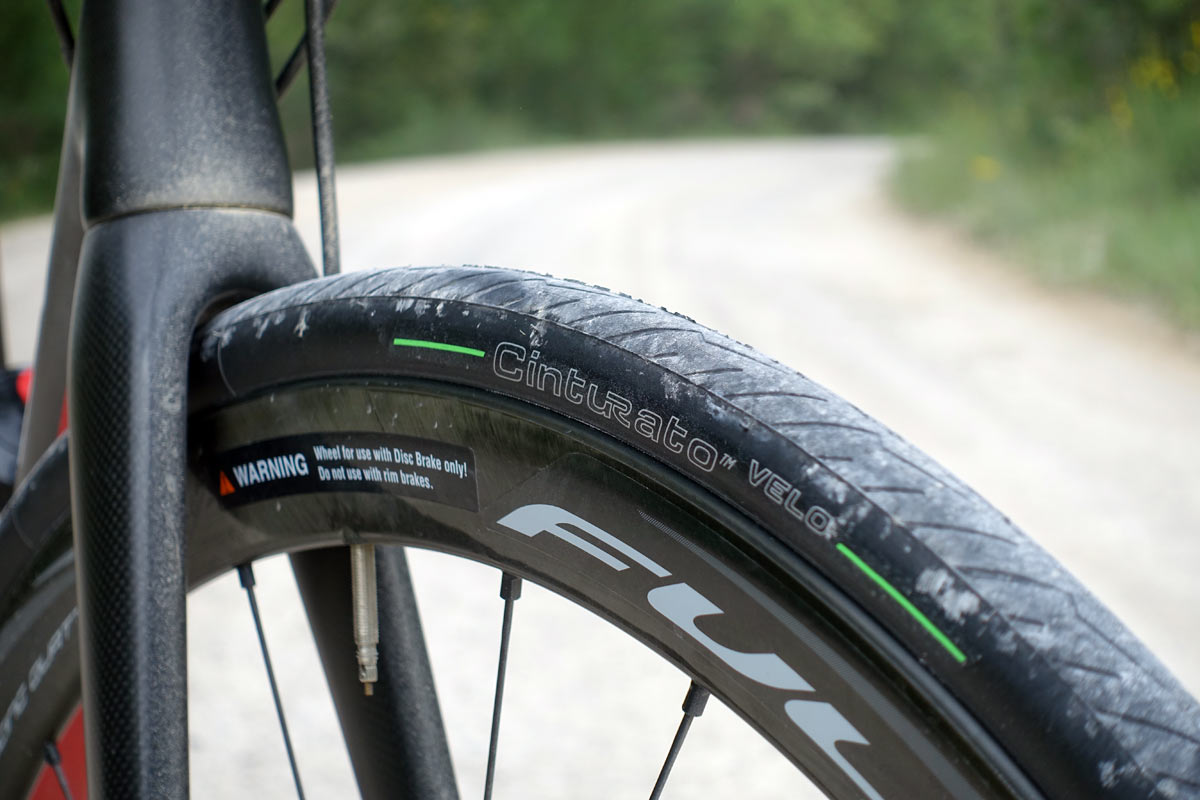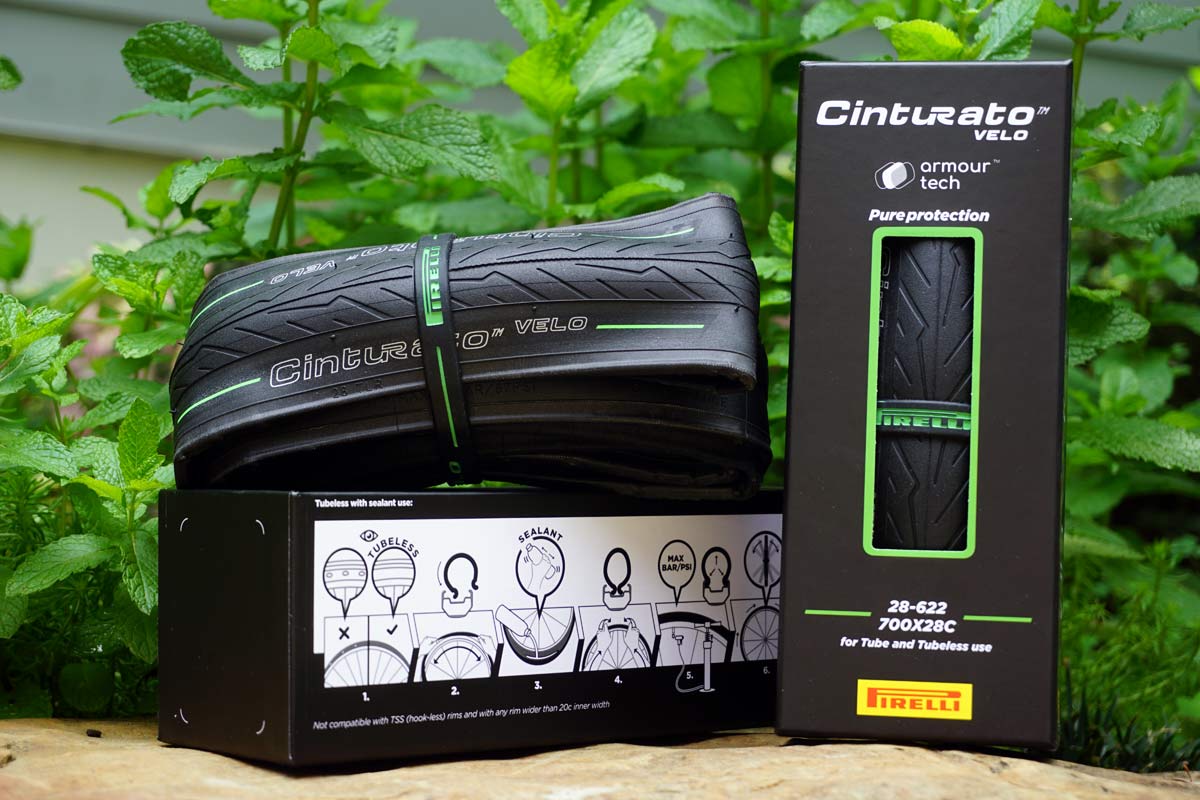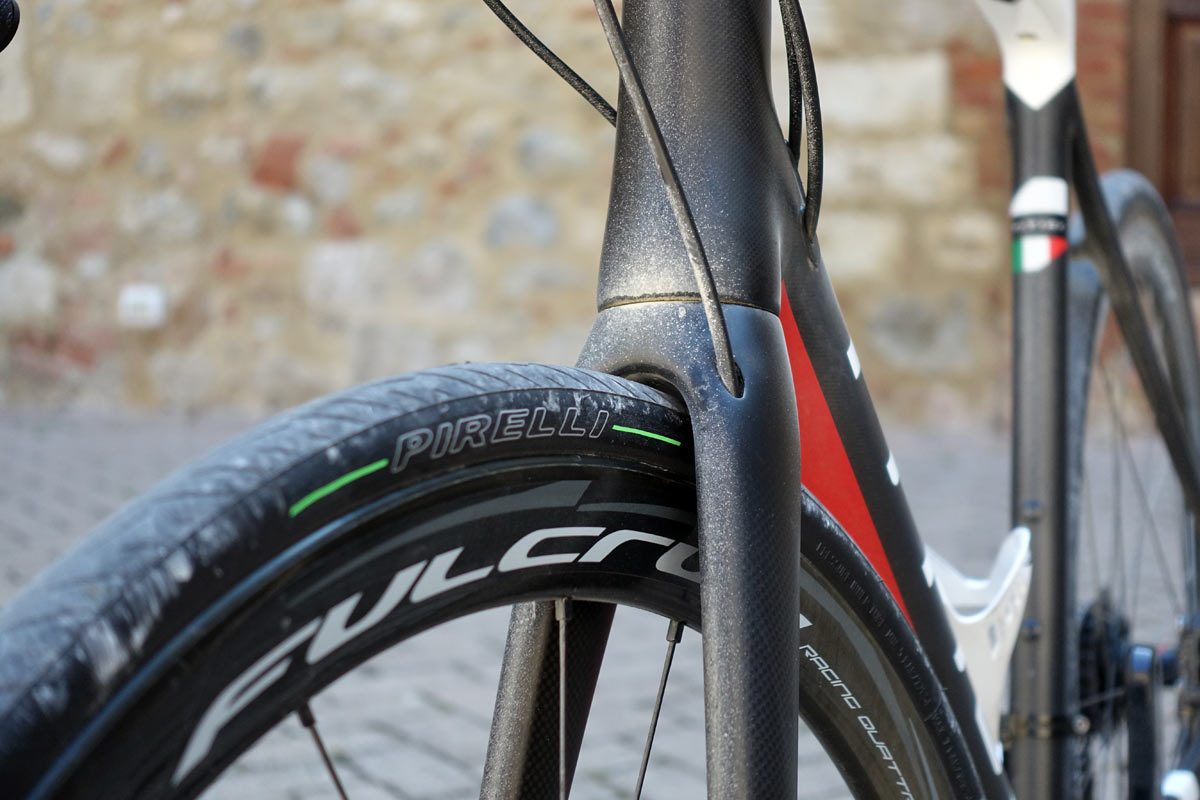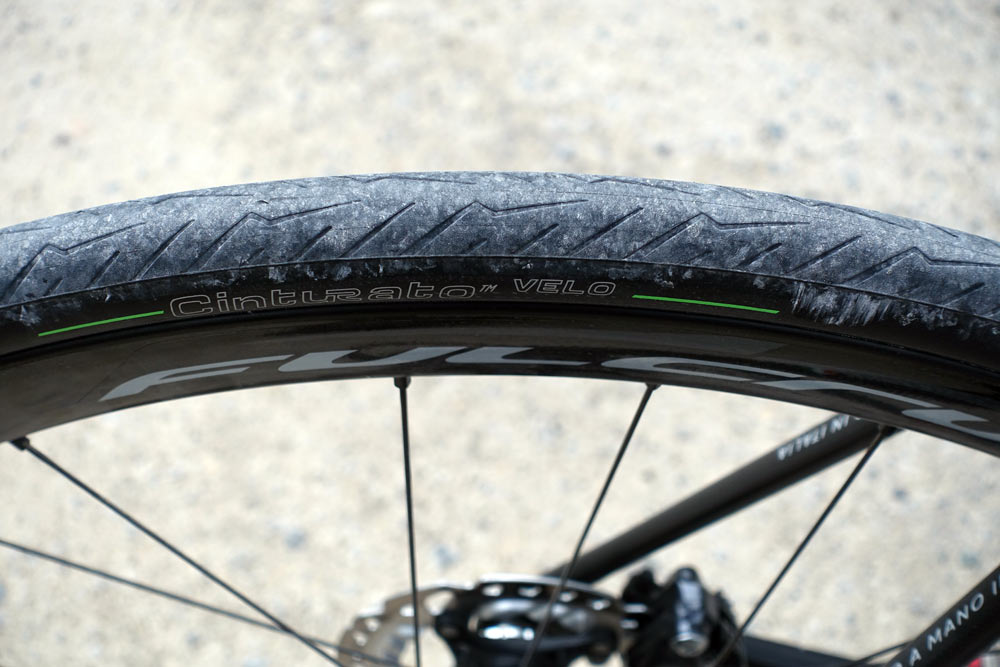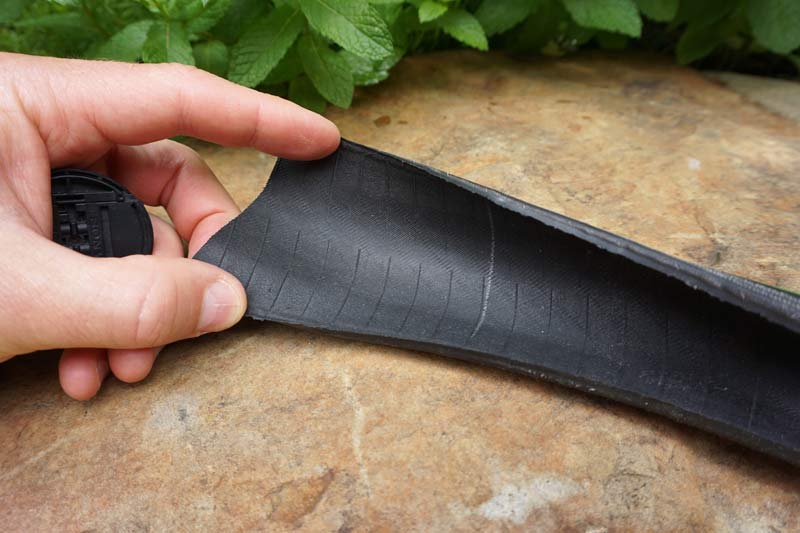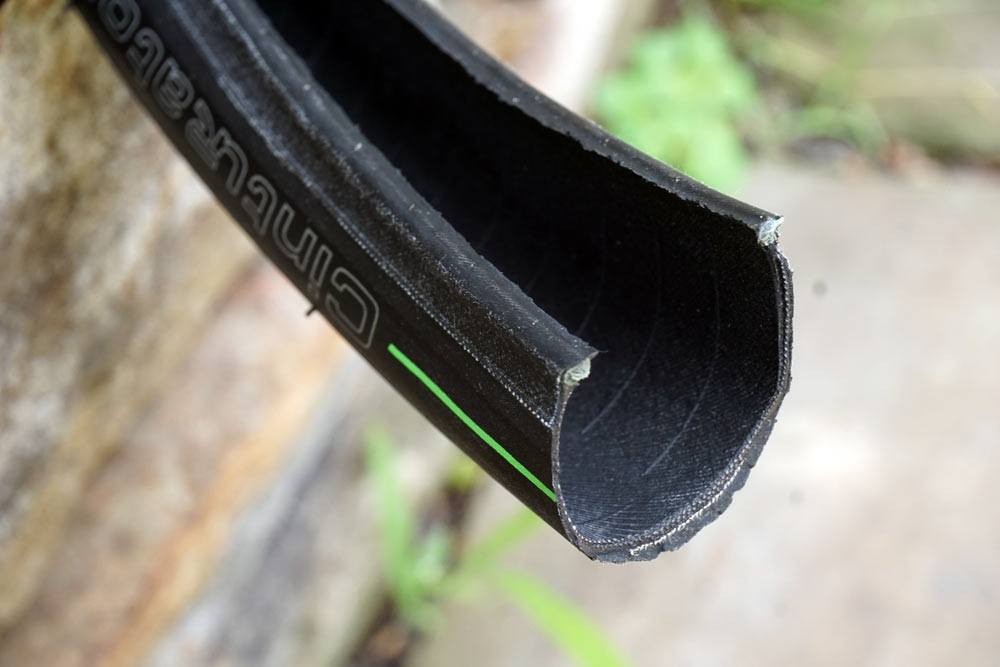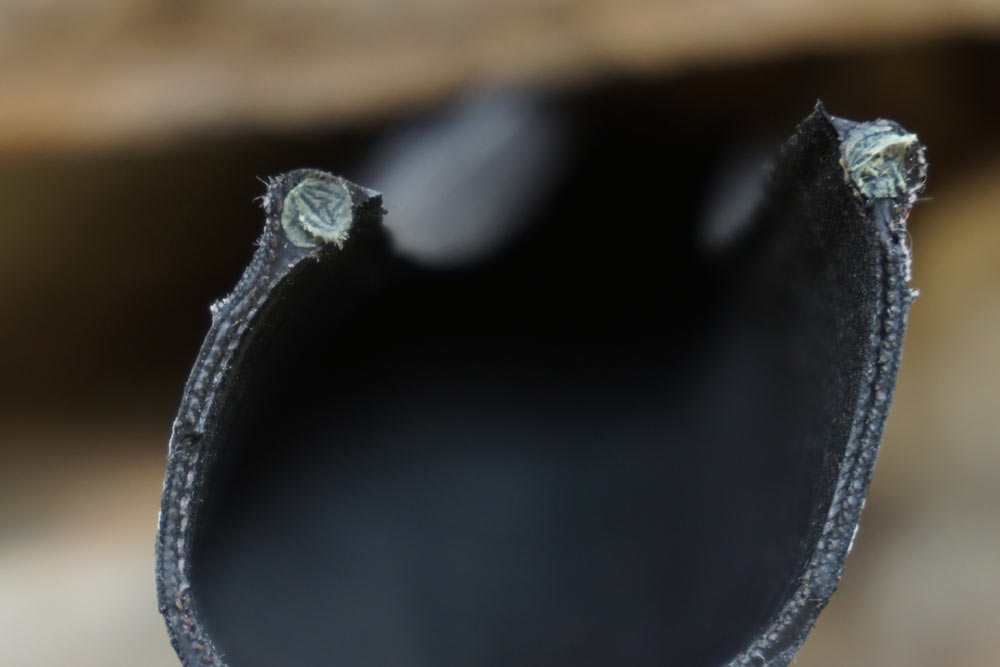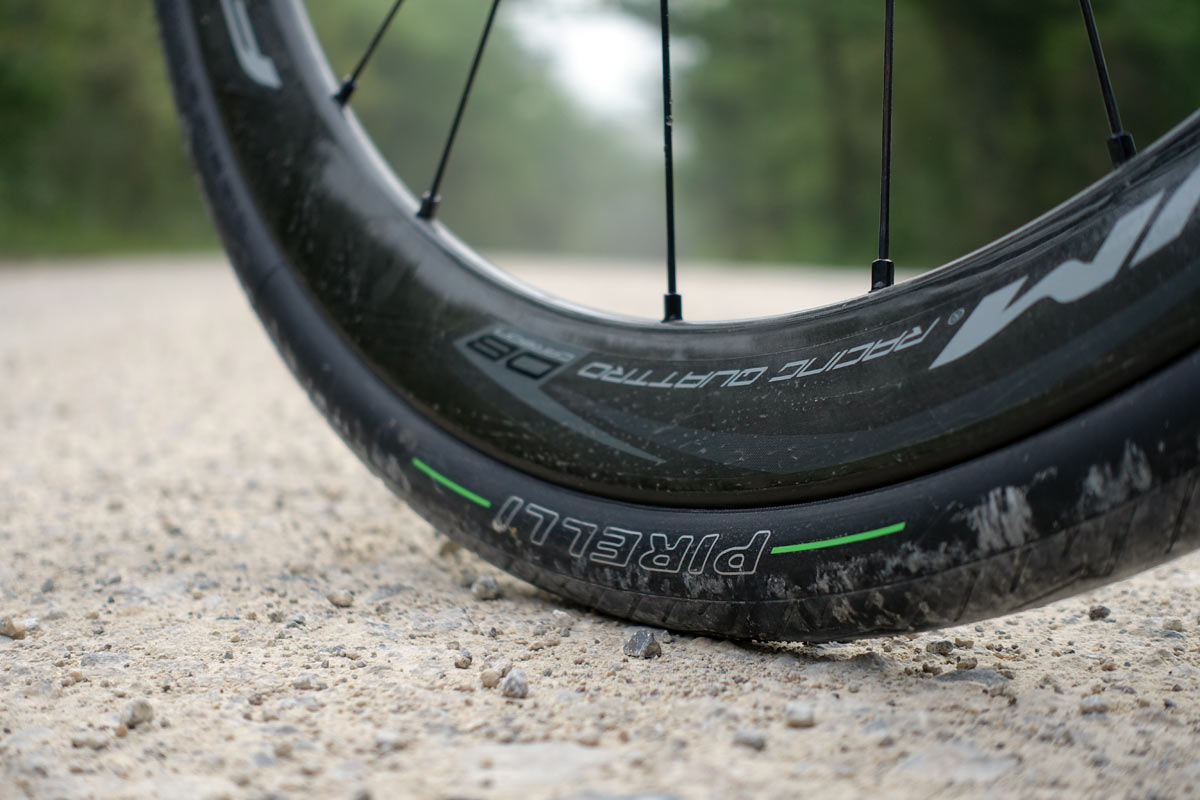They’re just one year old, but already Pirelli’s Velo department is a full fledged part of their company, with full access to their R&D resources and a dedicated team. And those resources are considerable – a claimed ~7.3% of their revenues go back into R&D, with 1800 people working in R&D in their Milan HQ and 12 Technology Centers around the world.
When they launched their original P-Zero Velo road bike tire lineup, they focused specifically on one category – Road Racing. That was evident with the size range and the lack of tubeless options. Competition is in their DNA, so that freshman offering made sense, but there were two holes in that concept. First, pro racers want tubulars. Second, most of the consumer market has become more interested in efficiency and comfort over race day options.
For now, the tubular tires remain in development and testing under Aqua Blue Sport pro cycling team. For the rest of us, which makes far more commercial sense, there’s the new Cinturato Velo.
Pirelli’s Italian Take on Gravel Tires
The Cinturato Velo is a 700×28, tubeless ready, well-protected tire that’s ready for any road surface and any weather condition you’re likely to ride on or in. In Italian, Cinturato simply means “belted”, and refers to the belted construction of modern automobile tires. Here, it’s a reference to the reinforced casing.
It’s designed to handle road racing and training on less than ideal surfaces, light off-road and gravel, and even fast urban commuters or trekking. To survive those diverse use cases, they had to come at the tire construction differently than the P Zeros. Puncture protection was a higher priority, as was increased comfort, mileage and grip.
Why grip? Well, it seems obvious, we all want more grip, but when you have to do emergency braking or turns to avoid a car, grip becomes much more important than slightly reduced rolling resistance.
So, what’s the tradeoff? To get grip, you have to create hysteresis, meaning the tire has to deform more and have more controlled rebound, but that can increase rolling resistance. To get the best of both worlds, they had to chemically link two materials that didn’t really want to bond. Silica is amorphous, meaning it wants no chemical connection to anything, so they have to coat it with a polymer that will bond with the rubber. The more stable those bonds are, the better the tire can handle both grip and stability. If you used only rubber, it would flex too much. Silica adds the structure. So far, none of this is anything special to Pirelli…every tire company uses silica to accomplish these goals. What separates Pirelli is their patented process for extruding the silica into tiny rods rather than the typical sphere shape. Then, they align those rods parallel to the direction of travel, which creates a sort of “net” (hence “Smartnet”) that keeps the tire stiff enough to corner the way they (and we) want it to.
The flip side of that is Carbon Black, which has historically been added to tires to make them black, but doesn’t typically perform well in cold or wet conditions. Silica overcomes this because it’s hydroscopic, which technically means it’s absorbing moisture. Piero Misani, Pirelli’s head of R&D, says the best grip happens when you have the same material trying to grip the same material. Which is why a snow-packed car tire will actually grip better on snow than one without it. Or a wet tire gripping on a wet surface.
All of that has to be balanced, which is where the amount of hysteresis (or, how much energy is kept by the tire) matters. No hysteresis would mean no rolling resistance, but also no grip. Too much, and you have massive grip but a lot of resistance. And that parameter has to be balanced with temperature and humidity. There are always compromises.
Dry, high temp conditions want more Carbon Black. Cold and wet want more Silica. Getting the right mix is part of their secret sauce, which requires consideration of the likely temperatures and surface conditions the tires are going to be used on.
All that said, the new Cinturatos are on the grippier side of the equation. How much grippier? The best dry performance will come from their TT P Zero, and best wet conditions performance will come from this new tire, with the P Zero 4S coming very close. In reality, few of us are likely to ever reach the grip limit of either of them, especially in dry conditions. To help you avoid that limit in the wet, they control how the tire feels as it reaches that limit so you can feel it before you lose traction. They also designed it to recover grip quickly. They call it three parameters – ultimate grip, predictability and controllability. They prioritize one or two over another depending on the intended use.
Pirelli Protection & Tubeless Ready Tech
What really separates this tire from the P Zero range is that it’s tubeless, and it adds more protection thanks to a unique layup. First, the protection…
The Cinturato gets a new Cap and Base construction that puts their Smartnet Silica compound on the outside to provide maximum grip, but with short Aramid fibers infused into it to improve puncture protection. Directly under that tread cap is an Aramid fiber breaker, followed by a bead to bead nylon casing for another layer of protection, especially sidewall cuts. The three layers create their Armour Tech system and work together under the tread section to limit how much a sharp object can poke through the tire. How? The short Aramid fibers are dispersed evenly and heavily throughout the tread cap. When a nail, staple, etc., tries to poke through, it hits all of these fibers and bunches them up into a dense patch that’s hard to poke through. As that’s pushed together and toward the inside of the tire, that patch hits the breaker, which basically stops that momentum and prevents the object from puncturing the tire.
And if it fails? Then you have the sealant to quickly seal the hole…because you are running these tubeless, right?
Here’s why you should: They’ve optimized the casing and structure around a tubeless setup. You’ll get the most comfort and least rolling resistance this way. And it’ll have a lighter system weight. But, they say the contact patch ends up being very similar whether you’re running tubes or not. Because yes, tubes apply pressure to the tire a little differently than without one. So, it should handle similarly even if you do end up needing to put a tube in it mid ride.
And they actually put a lot of effort into making sure it would perform highly with tubes in it, because they think there are still a lot of people who will run tubes in them. They say one of the hardest technical hurdles was making a tube-type tire feel as nice as a tubeless. They did it with the shape of the sidewall. They call it an “equilibrium profile” with the idea of having it deform more on the top half of the tire, which is similar to how it would feel on a standard tube tube tire where the tube helps to support the lower part of the sidewall.
Which is what makes this tire so interesting. With any tire, the point is to optimize the shape when inflated and loaded, whether or not there’s a tube inside. When tubeless, a part of the structure (i.e. the tube) is missing, so they had to reshape the tire for tubeless without overdoing it for when there’s a tube inside.
So they reinforced the bead hook area and lower sidewall to provide support for the bottom half of the tire. But it also reinforces it against friction (rubbing) at the rim’s bead hook. This is important because a tire without a tube is going to deform more, which means more movement against the rim’s bead hook. It’s even more important because they do NOT recommend using these on hookless rims, so you’re always going to have that bead hook digging into the sidewall.
The other trick to making them tubeless was designing the bead when there’s no fully accepted tubeless rim design standard yet. So, they concentrated on the contour and the bead geometry. The bead has a flat base to maximize contact patch to the best airtight seal and secure hold. They say this also helps make it easy to seat.
They’re tubeless ready, meaning they need sealant, so there’s no added weight from an additional butyl layer or anything to make them UST-style air tight. Interestingly, Pirelli says these are designed to be run with about 4-5% less air when using tubes, which will make them feel and perform like they would tubeless.
It will be available in four sizes, listed below with claimed weights and recommended internal rim widths per tire size:
- 700×26 – 290g – 19mm
- 700×28 – 320g – 20mm
- 700×32 – 350g – 21mm
- 700×35 – 380g – 23mm
The recommended internal rim widths are designed to share the sidewall such that it leaves the rim slightly more straight than rounded, which gives it the support and handling characteristics they intended. Soon, they’ll have a suggested tire pressure table on their website that shows optimum pressure by size and rider weight.
First Impressions
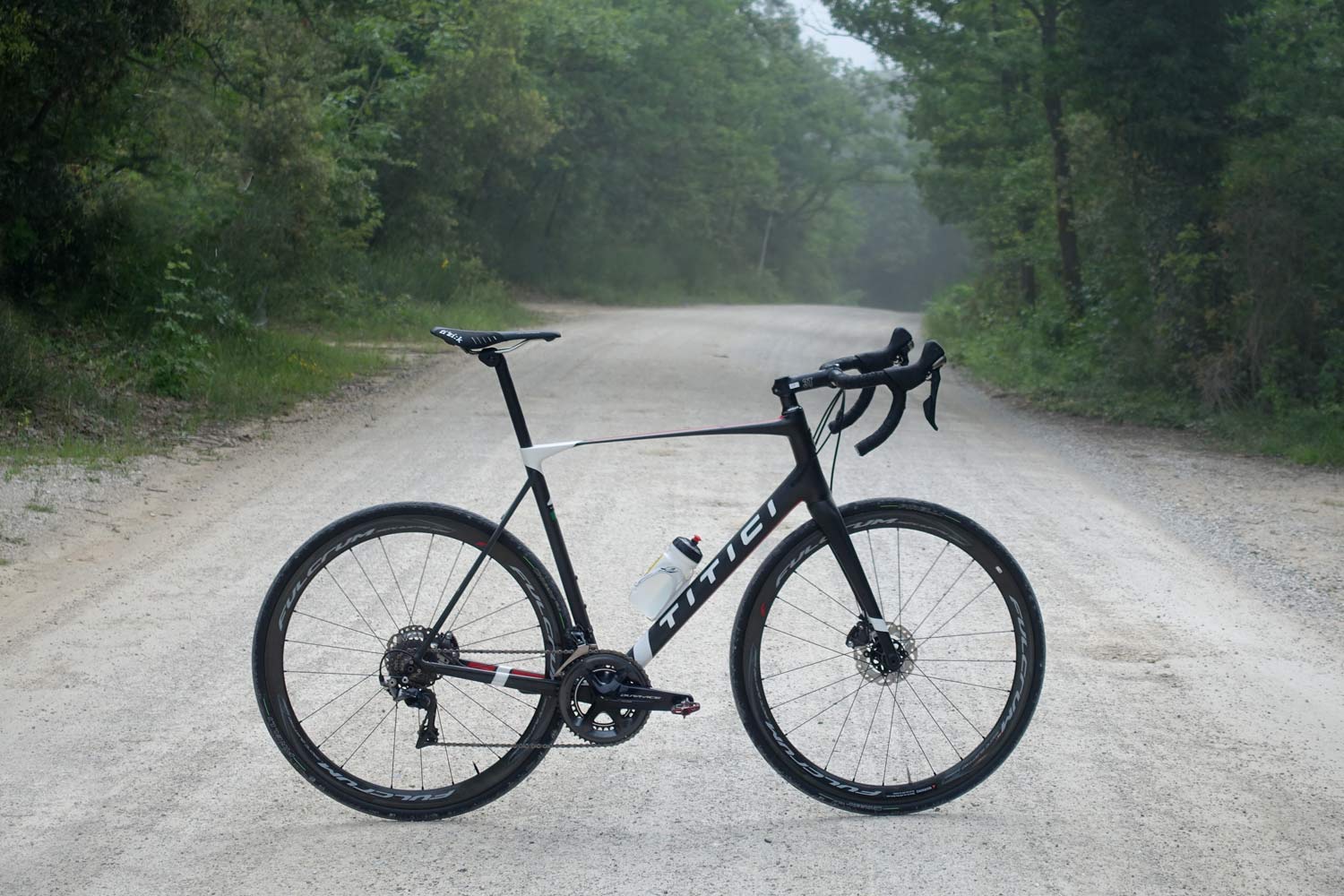
At Sea Otter, Pirelli’s booth staff weren’t shy about telling everyone that a gravel tire was coming. So, my expectations were for something more aggressive, along the lines of a lightly treaded 700×40 tire. What I found was a very road-looking tire with all options under 40mm wide. Disappointment isn’t really the right word, more surprise, but why they hyped it as such became crystal clear once we started riding.
They say that even though, technically, this is a “road” tire, technologically it’s built like a gravel tire. Which makes sense after riding it on sections of the famed Strade Bianche race course. Notable for its hardpacked white dirt surface, these are typical of Italian “gravel” roads, and not all that dissimilar from what most of us are actually riding when we say “gravel”…it’s just not usually white. While they lack the file tread and side knobs of burlier tires meant for foul off-the-beaten paths and true, pebbly, squirmy gravel roads, they were designed to excel on run of the mill dirt roads. And cobbles. And pockmarked urban streets…like what you find in Denver or Montreal. Or almost any city where the road cracks and chip seal (or a lack of it) is everywhere.
On our 20-mile ride with about 15 people, we covered a ~40/60 mix of dirt roads to asphalt, with sustained climbs and one of the nicest curvy descents I’ve ever ridden. Not a single rider flatted – no punctures and no pinch flats. That’s a short test, sure, but the loop was well selected to showcase the Cinturato’s versatility.
On the dirt, I was swerving back and forth, mimicking a race car warming its tires, just to see how it handled. I have no complaints. And on the road, the cornering was indeed predictable, just as they had promised. The long swoopy curves on the final descent provided the perfect opportunity to gradually lean the tires into a turn more and more. Doing so revealed no odd transitions or surprises, which is a good thing. Again, it was a short test, and we were running tubes in them, but we’re bringing home a set for long term testing…tubeless, naturally.
It’s worth mentioning that this is not their final word on gravel. They’ll have more coming, with tires that look like what most North American riders now consider standard equipment. Mean, small knobs and tread and wider sizes. Probably 650B options, too. And eventually mountain bike tires. But they’re taking their time to develop each, and each one is made by Pirelli at their own factories, using all of their motorsports tech. In other words, they’re probably worth the wait.
